But firing an oil burner had its own challenges. Keeping the oil at the proper temperature, for example, was one seemingly inconsequential chore that, if overlooked, could land a green fireman in a heap of trouble.
SP’s oil burners burned bunker C, a thick, tar-like oil just one step refined from crude. The black stuff stuck to shoes, overalls, gloves, hands—anything it touched. Most enginemen’s wives insisted they shed their oil-stained work clothes in the garage or laundry room, far from the good furniture.
At ambient temperature the stuff had the consistency of molasses and would burn only reluctantly. Steam heater pipes in the tender and steam coils inserted into tank cars at the roundhouse raised the temperature of the oil to the point where it would flow and burn.
According to the company’s Rules for the Firing of Locomotives, oil should be heated “not to exceed 150 degrees F. Good practice for judging the temperature . . . is to place the back of the hand on the outside of the tank near the oil outlet; if the oil is too hot, it will be uncomfortable to the back of the hand.” Also, oil that was too hot gave off a distinct sulphurous smell easily detected in the cab.
Perhaps the fireman of SP train 75 had a cold and couldn’t smell the sulfur one day in 1953, but his oversight was displayed for all the world to see.
Early one morning, I was firing a yard goat on the outbound lead job at San Francisco’s Bayshore Yard when train 75, the Lark, came rocketing by at 79 mph, just a few minutes from the end of its run at the Third and Townsend terminal.
“Wow! Look at that,” my engineer shouted across the cab. A Daylight orange-and-red GS-4 was pulling the all-gray train, but her flanks were covered with bunker C! Great splashes and streaks of black oil streamed back from her oil tank, nearly obliterating the Southern Pacific name on her side.
“I’ll bet that L.A. Division fireman has already drawn his walking papers,” opined my engineer, for it was obvious the first fireman of the run had overheated a full tank of oil causing it to boil over.
More often it was cold oil that got you into trouble, though. I was called for a TBX (trans-bay extra) out of Bayshore one afternoon. The run involved a brisk hop down the Peninsula, crossing the bay via Dumbarton Bridge, then north into West Oakland on the Mulford line. The engine was the 2777, an elderly C-9 2-8-0—somewhat unusual considering the tonnage and the speed required down the Peninsula. When the engineer questioned the wisdom of assigning such a small locomotive, the crew dispatcher explained that the 2777 was fresh from the shops and the roundhouse foreman at West Oakland wanted her delivered as soon as possible. As we walked out to the ready track, the engineer said, “Let’s speed it up. I’d like to get out ahead of the parade [evening commute-train rush]. Otherwise, we’ll be stuck here for hours.”
We quickly ran through our check-out procedures and hustled out to the yard, coupled onto our train, tested the air, and got a highball. The engineer widened on the throttle. Matching him, I widened on the firing valve. Nothing! What should have blossomed into a bright, white fire and black smoke at the stack remained a disappointing orange glow and clouds of gas at the stack. The big needle on the steam gauge was dropping with every exhaust.
As a rookie fireman, I was totally bewildered and began twisting valves—atomizer, blower, tank heater, firing valve. My old-head engineer knew immediately what was wrong. I could deduce from the expression on his face that I was in real trouble. “Was the oil hot when you checked it?” he asked.
The truth was, I’d totally overlooked it in our hurry to get out of the roundhouse. As I jumped from my seat to feel the tank, I knew what I was going to find. It was stone cold!
The engineer shut off the throttle with a disgusted “Geez!” and we drifted to a stop. Soon the commute trains were rushing past while we waited in the clear at Visitacion tower heating up the oil. Needless to say, it was a long night getting to West Oakland. But God bless that engineer; he never turned me in.
The idiosyncrasies of the AC-class 4-8-8-2 cab-forwards provided my next object lesson in oil firing.
During the summer of 1953 I was loaned to the Sacramento Division for several weeks to work out of Roseville. Some of my assignments off the extra board were helper jobs up “the Hill” (Mountain Subdivision) to Norden. Freight helper power was still almost exclusively cab-forwards (we called them “Malleys”), usually two on the rear of the train separated by about 20 cars.
Because the firebox on an AC was a long ways from the tender, the oil tank was pressurized with five pounds of air and the oil forced forward to the burner under pressure. A small gauge behind the fireman’s seat registered the amount of pressure. At the roundhouse, when the hostler helper filled the tank and when the fireman checked the dip rod showing the amount of oil aboard at the start of his run, it was necessary to release the pressure by means of a small petcock atop the tank.
Starting out of Roseville, the helper engineers usually worked a light throttle letting the road engine do most of the work. The helpers didn’t really begin to work until they hit the grade past Rocklin, more than 5 miles out.
As we picked up speed getting out of town, I noticed my firing valve wasn’t responding. The fire was not increasing as I opened the valve to supply more oil to the burner. It didn’t take long to suspect I’d forgotten to close the pressure relief valve on the tank and the burner was being starved for oil.
Crossing to the other side of the cab, I explained the situation to the engineer. He said, “OK, you’ll have to go back and close it. I’ll work her as easy as I can.”
By that time we were making about 40 mph and I could see by the smoke that the engine behind us was beginning to dig in. Hanging on to the grab irons for dear life, I made my way back along the running board, across the oily monkey deck, and up onto the tank. Believe me, it’s a real tightrope walk when an engine is rocking along at speed. I could see the engineer of the other helper leaning out the window wondering just what the hell I was doing.
Sure enough, I hadn’t closed the valve. As soon as I turned the petcock, black smoke poured from the stack and the engineer widened on the throttle, creating a deafening roar. The rest of the trip went uneventfully, though it took me several minutes after returning to the cab to get my hearing and my composure back.
First published in Summer 2003 Classic Trains magazine.





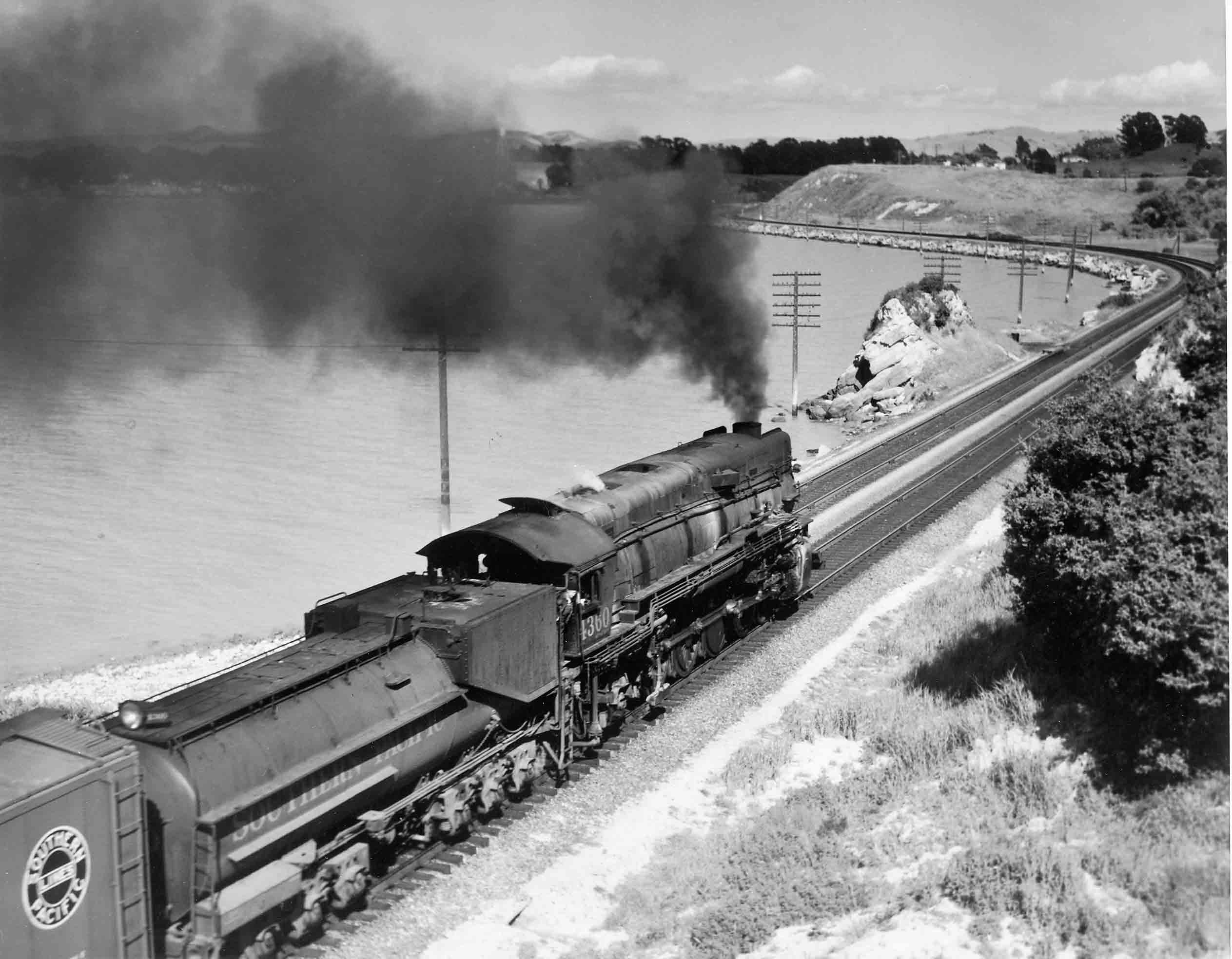
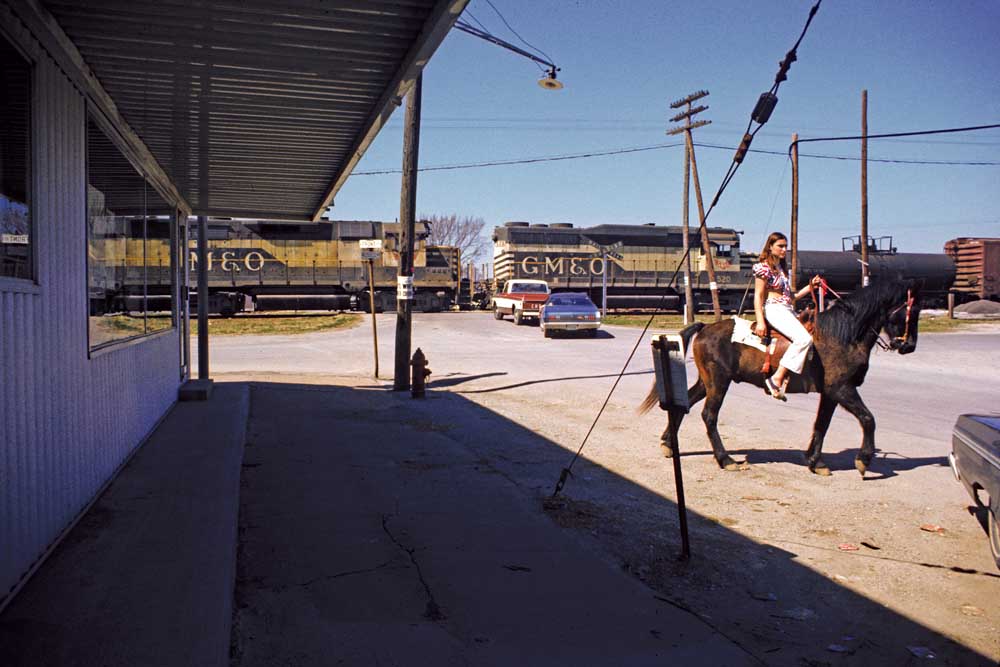
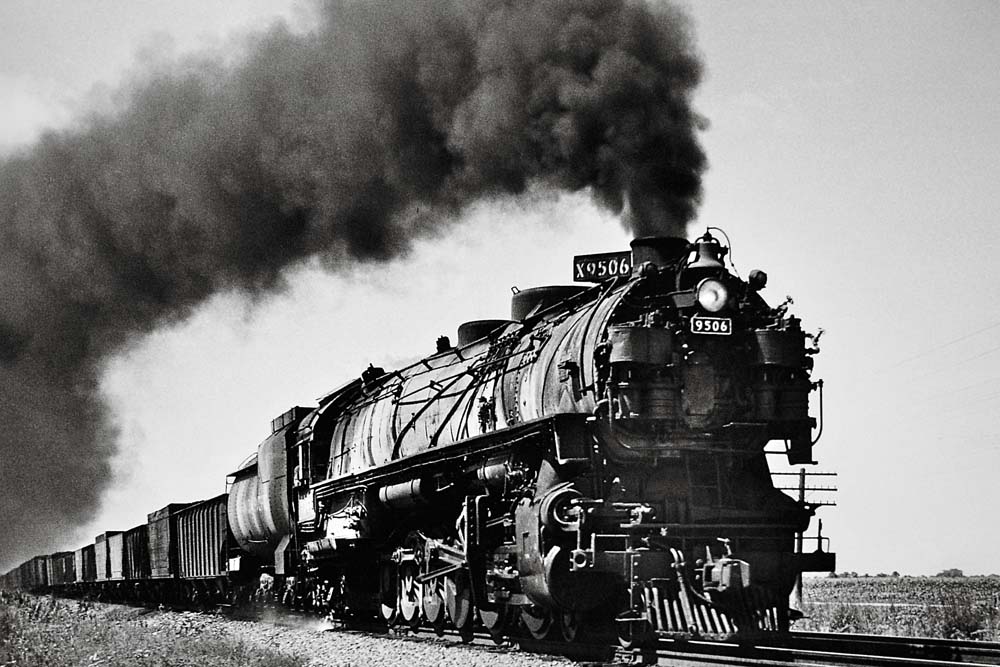
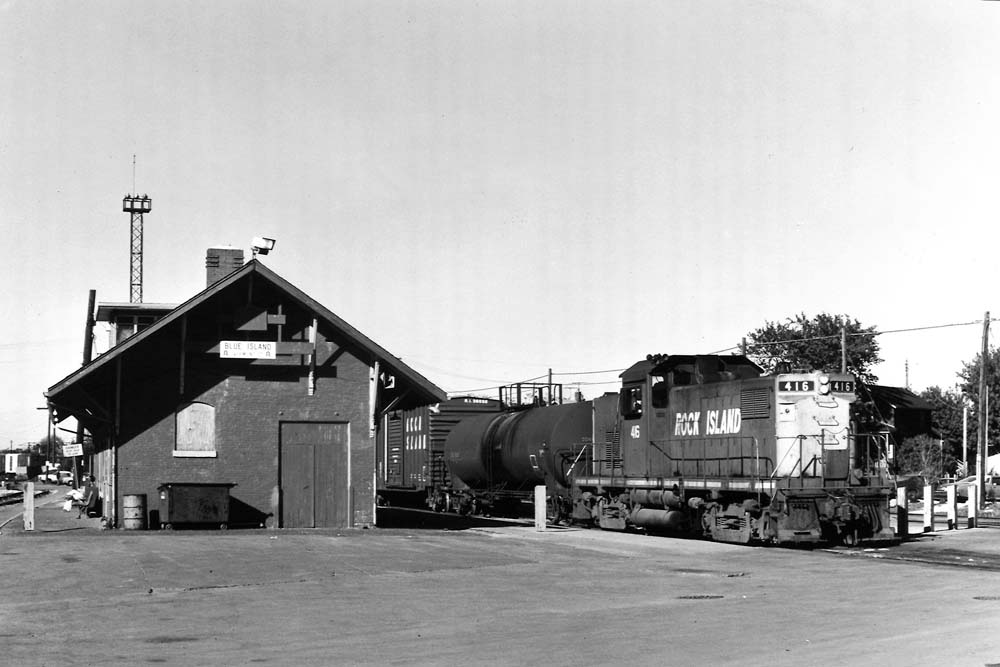
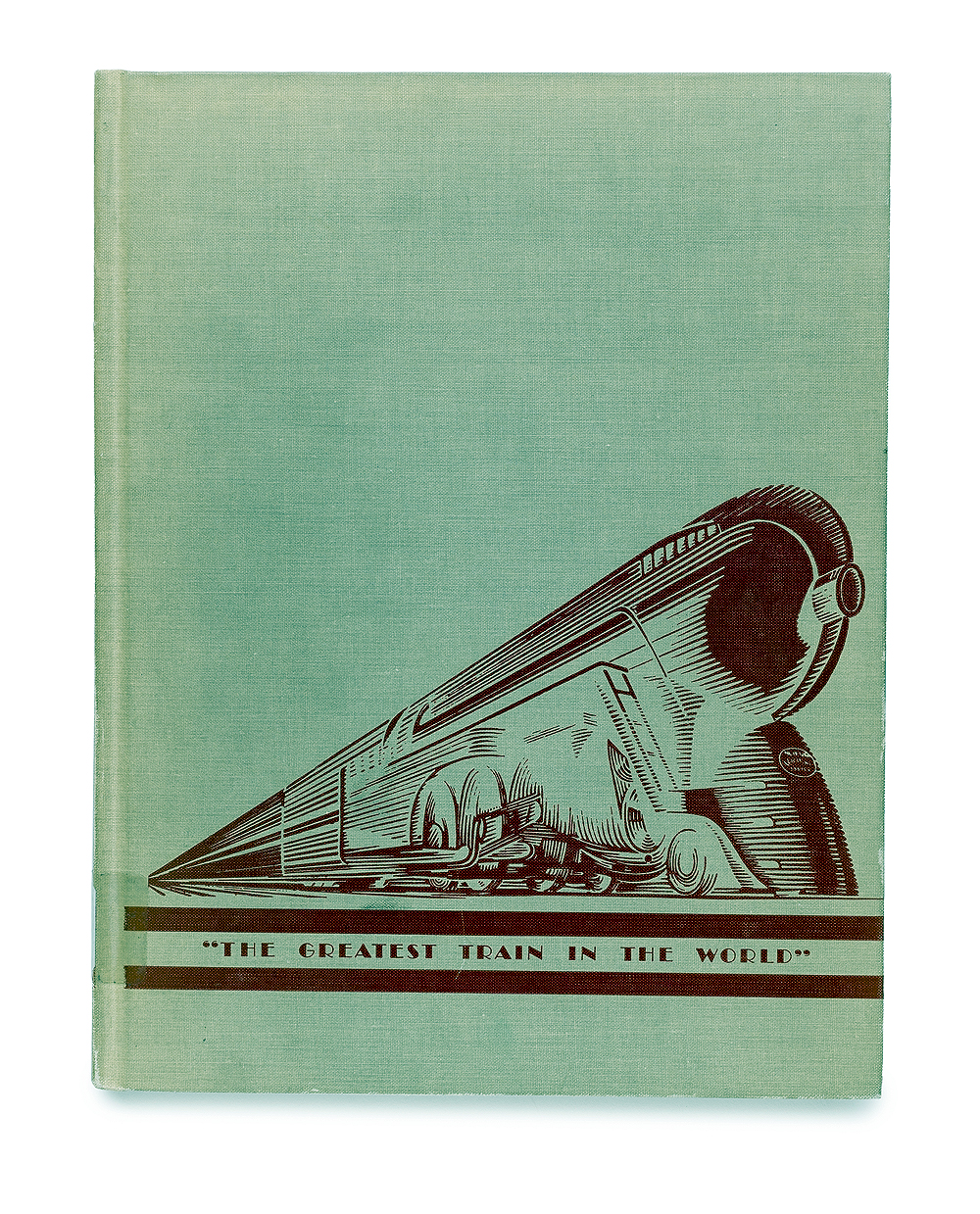





This article brings back memories for me as a fireman in the Victorian Railways in Australia. I boiled the oil in the pipe to the burner of a C class loco 2-8-0, and the fire went out. When I got it to re-light the cab was filled with thick black smoke. The driver looked across the cab at me wondering what I was doing, his face black with soot. He was not amused. We were climbing the Haunted Hills at the time and we could have been in trouble. I was always careful using the pipe heat after that.